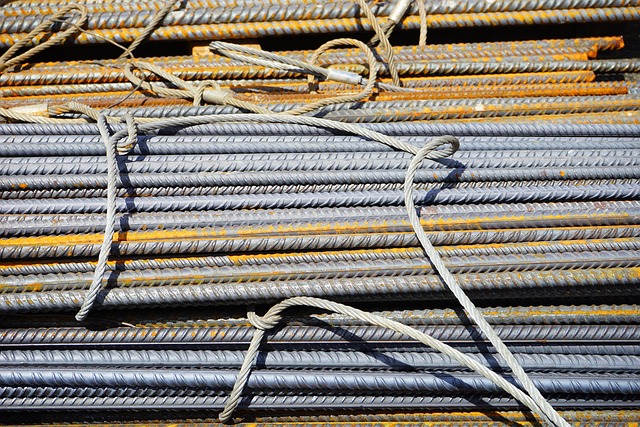Embracing Material Efficiency in the Cycle of Sustainable Living
In our fast-paced world, where resource consumption seems relentless, the concept of material efficiency offers a refreshing perspective. It’s not just about using fewer materials—it’s about transforming the entire lifecycle of products, from design to disposal, to create a sustainable rhythm that benefits both people and the planet.
Imagine the cycle of a single product: the raw materials extracted from the earth, the manufacturing process, its use by the consumer, and finally, its end-of-life stage. Traditionally, this cycle has been linear and wasteful, often resulting in unnecessary depletion of resources and overflowing landfills. But what if this cycle could be revolutionized? What if material efficiency became the heartbeat of resource management?
Material efficiency means maximizing the utility of every ounce of material used. It encourages us to design products that last longer, can be repaired with ease, and are made with recyclable or biodegradable components. This isn’t just a technical fix—it’s a mindset shift towards honoring the materials that make up the things we rely on daily.
In the context of the Cycle category, embracing material efficiency aligns perfectly with the natural cycles in ecosystems. Just as nutrients are continuously recycled in nature without waste, human systems can learn to replicate these cycles by looping materials back into productive use, breaking free from the disposable culture that currently dominates.
For individuals and businesses alike, adopting material efficiency brings tangible benefits. It reduces costs by cutting down on raw material purchases and waste management expenses, promotes innovation in product design, and fosters a culture of responsibility and mindfulness. Furthermore, it contributes significantly to reducing carbon footprints, as less energy is consumed in material extraction and processing.
We all have a role to play in this transformation. Whether it’s opting for products made from recycled materials, supporting brands committed to sustainable practices, or simply rethinking how we use and dispose of items in our daily lives, every choice counts.
Ultimately, by weaving material efficiency into the fabric of resource management, we not only conserve precious materials but also pave the way for a more harmonious relationship with our planet—one cycle at a time.




